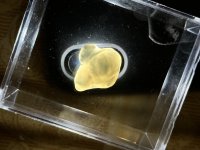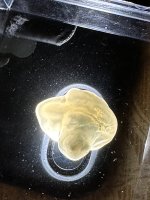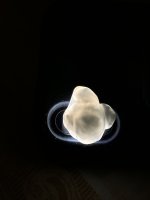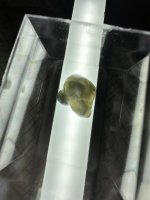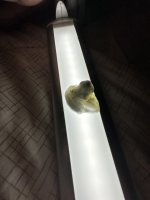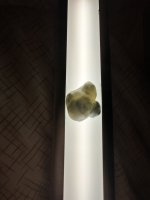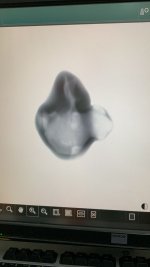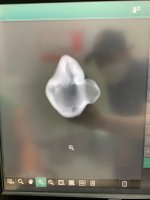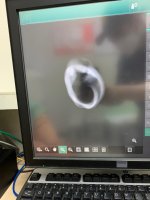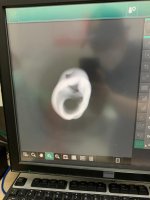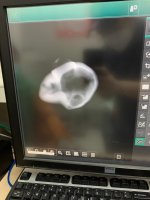Hi guys!
Recently i got this baroque pearl from a dealer, they claimed that this one is Natural, not a Cultured one
he gave me the certificate, but as i check this certificate with the lab he use, unfortunately the lab said they cannot determined wether its natural or cultured, they just explaining that the certificate declare that indeed this pearl is real and not plastic
Really dissapoint with the result, may bring this one to GIA lab if there’s a chance of it being a natural one..
Because we don’t have GIA lab available in my country :’(
So this is a big decision and cost to me..
Might as well taking xray to the healthcare lab, but don’t know which type of xray should i take…
Really need your honest opinion
Thankyou SO Much

Recently i got this baroque pearl from a dealer, they claimed that this one is Natural, not a Cultured one
he gave me the certificate, but as i check this certificate with the lab he use, unfortunately the lab said they cannot determined wether its natural or cultured, they just explaining that the certificate declare that indeed this pearl is real and not plastic
Really dissapoint with the result, may bring this one to GIA lab if there’s a chance of it being a natural one..
Because we don’t have GIA lab available in my country :’(
So this is a big decision and cost to me..
Might as well taking xray to the healthcare lab, but don’t know which type of xray should i take…
Really need your honest opinion
Thankyou SO Much

